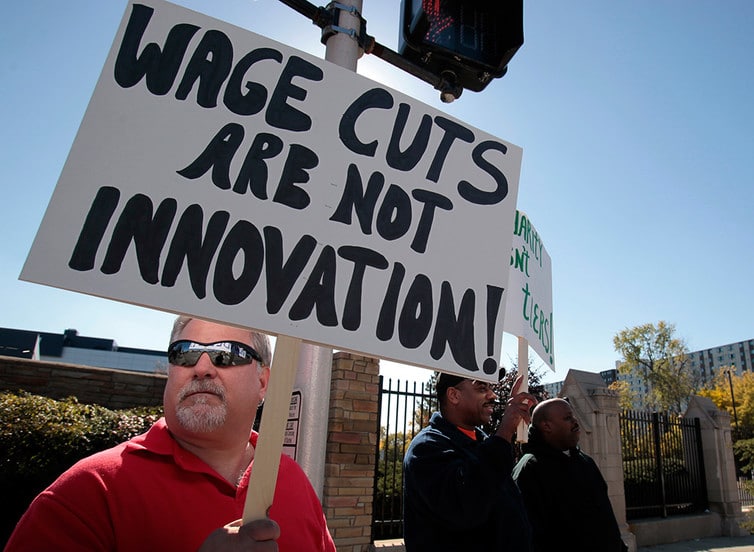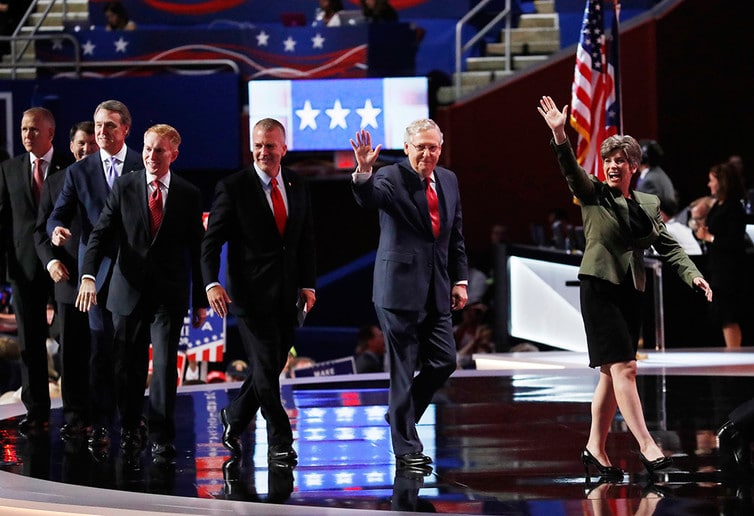Investor Response to Rate Change Prospects has been Uneven
Disappointing industrial output figures from Germany and UK are helping stabilize the US dollar after yesterday’s shellacking. Investors have been fickle about the prospects for a rate hike this month, and the unexpected dramatic slide in the service spurred a downgrading of such expectations, and a flight out of the dollar. It was not simply a quest for yields, though that was part of it. Surely, the yen and euro’s strength is not a function of superior yields than the US.





